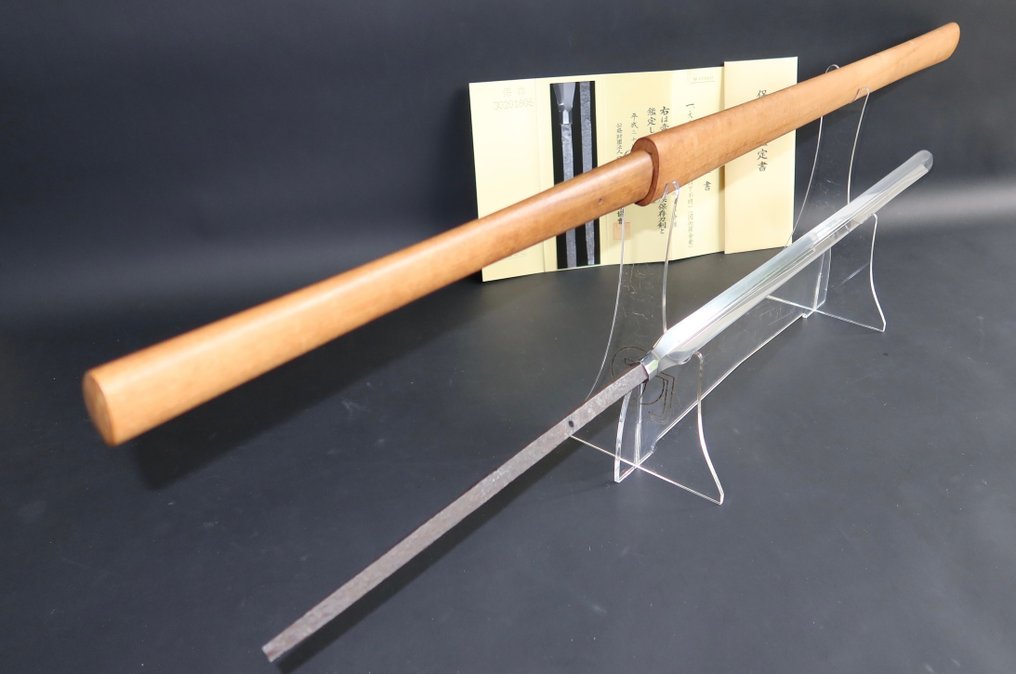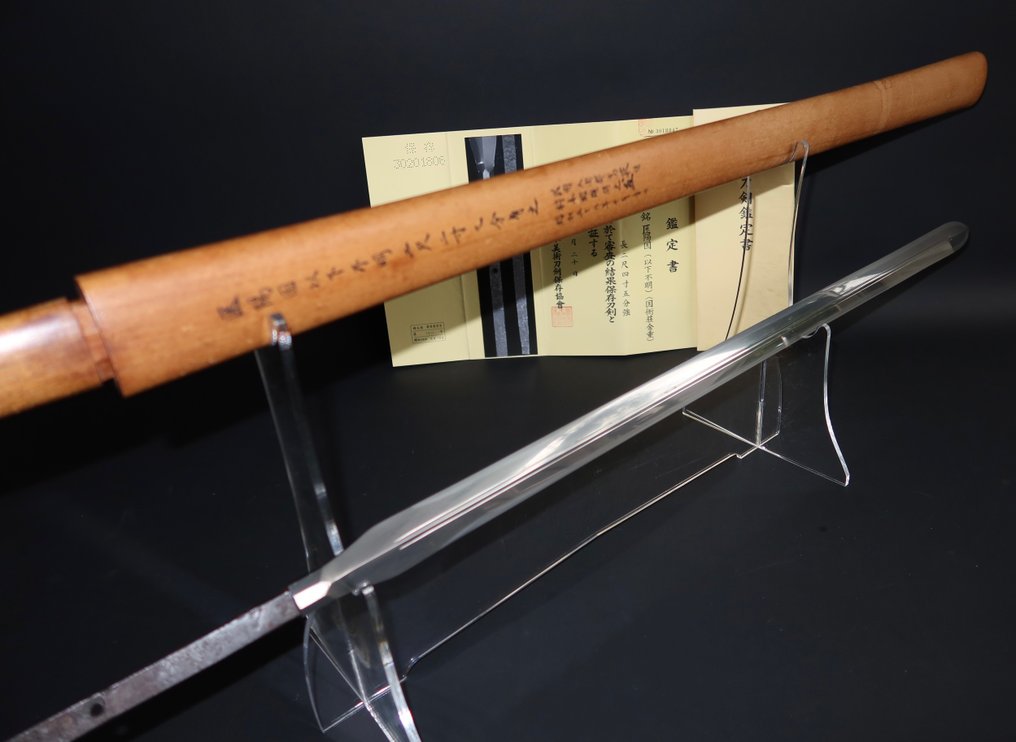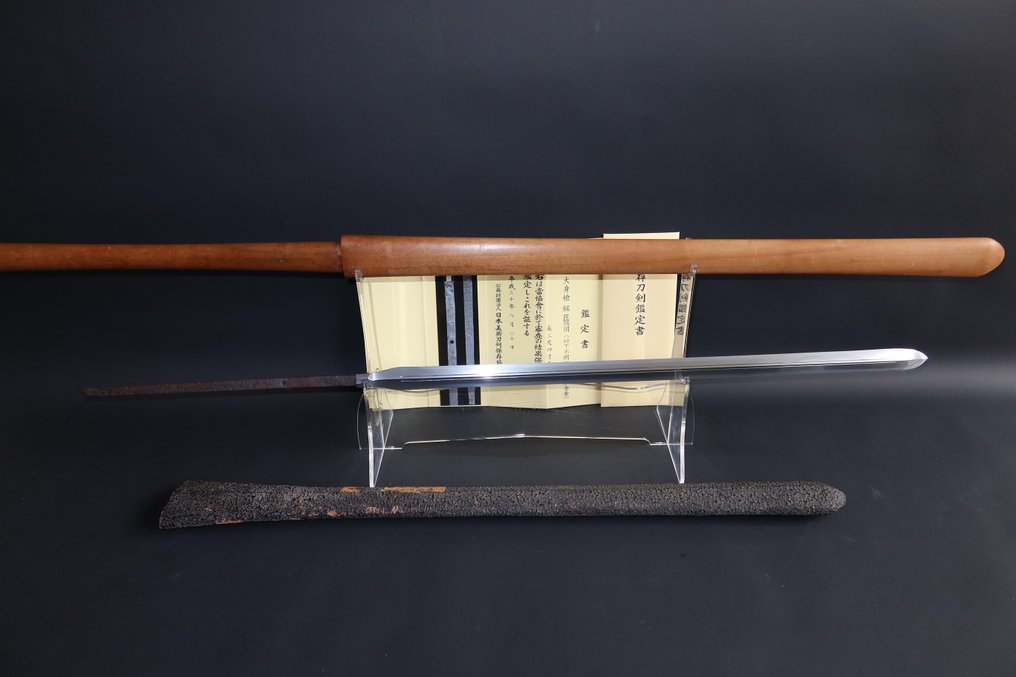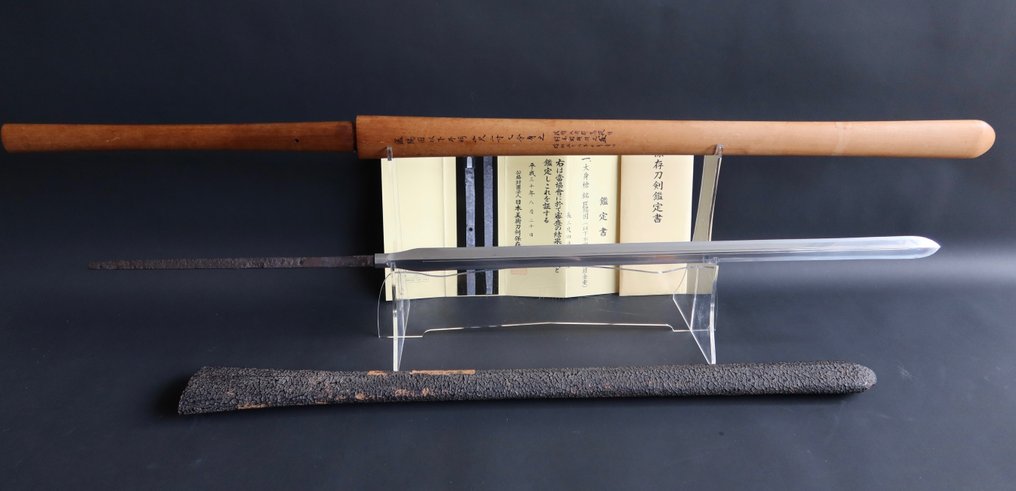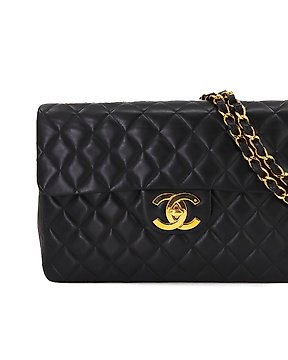Lemondás
Ez a tételleírás kizárólag tájékoztatásul szolgál. A tétel képe a tételleírásban nem jelenti azt, hogy a Catawiki fizikailag ellenőrizte annak biztonságosságát vagy működőképességét. Továbbá, a Catawiki semmiféle illegális tevékenységet nem támogat, és nem vállal felelősséget semmilyen kárért vagy sérülésért, amelyet szándékosan vagy véletlenül ezen információ terjesztése vagy a termék használata okoz. A fegyverek eladására, megvásárlására, szállítására és birtoklására a nemzeti hatályú törvények és rendeletek vonatkoznak. Licitálás előtt kérjük, győződjön meg róla, hogy ismeri országának erre vonatkozó törvényeit és rendeleteit. Tilos a fegyverek eladása 18 év alatti személyek számára. Ha erre a tételre licitál, akkor kijelenti, hogy 18 éves vagy annál idősebb, és megerősíti, hogy meggyőződött arról, hogy törvényesen megvásárolhatja ezt a tételt az Ön országában.
Ez a tételleírás kizárólag tájékoztatásul szolgál. A tétel képe a tételleírásban nem jelenti azt, hogy a Catawiki fizikailag ellenőrizte annak biztonságosságát vagy működőképességét. Továbbá, a Catawiki semmiféle illegális tevékenységet nem támogat, és nem vállal felelősséget semmilyen kárért vagy sérülésért, amelyet szándékosan vagy véletlenül ezen információ terjesztése vagy a termék használata okoz. A fegyverek eladására, megvásárlására, szállítására és birtoklására a nemzeti hatályú törvények és rendeletek vonatkoznak. Licitálás előtt kérjük, győződjön meg róla, hogy ismeri országának erre vonatkozó törvényeit és rendeleteit. Tilos a fegyverek eladása 18 év alatti személyek számára. Ha erre a tételre licitál, akkor kijelenti, hogy 18 éves vagy annál idősebb, és megerősíti, hogy meggyőződött arról, hogy törvényesen megvásárolhatja ezt a tételt az Ön országában.
